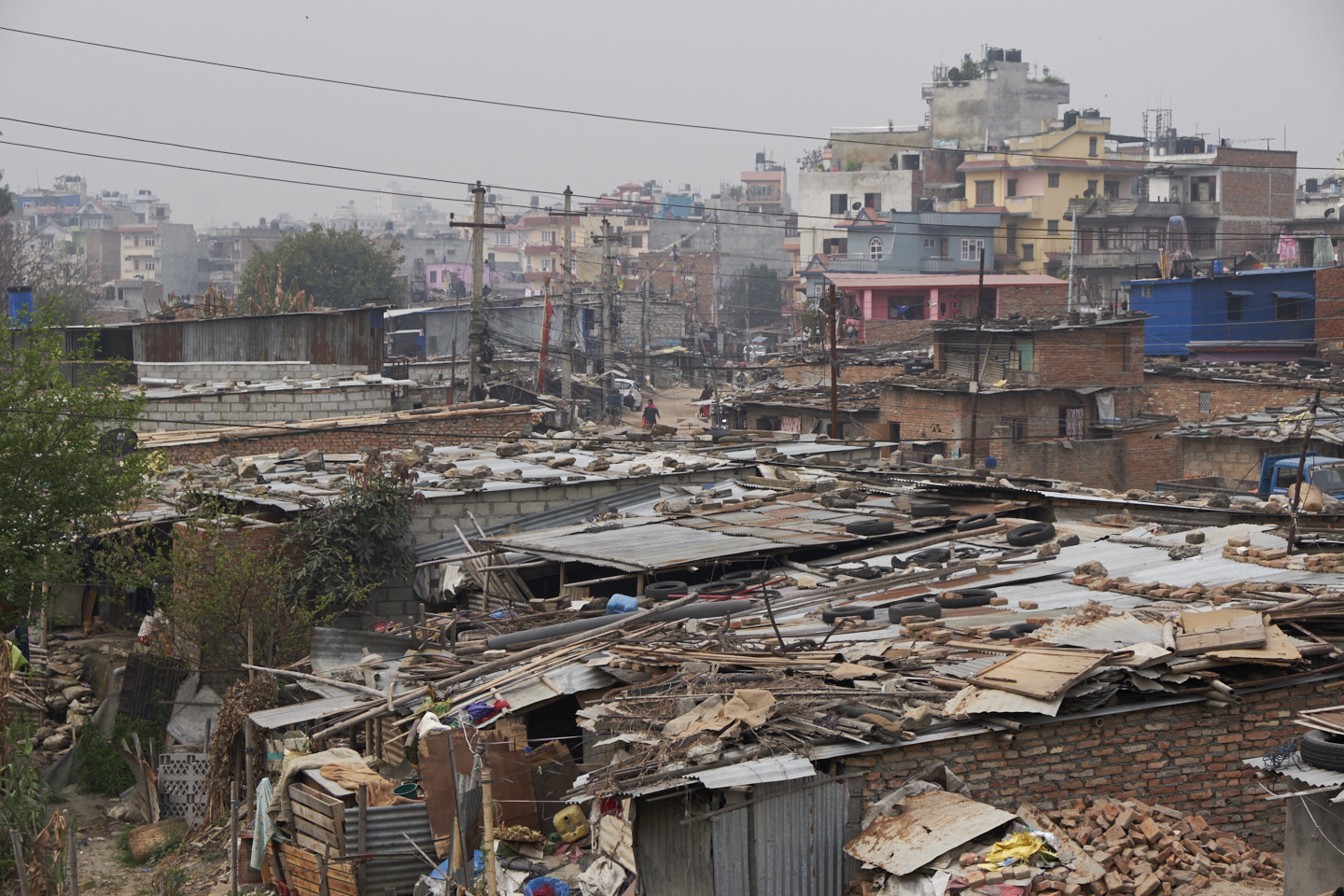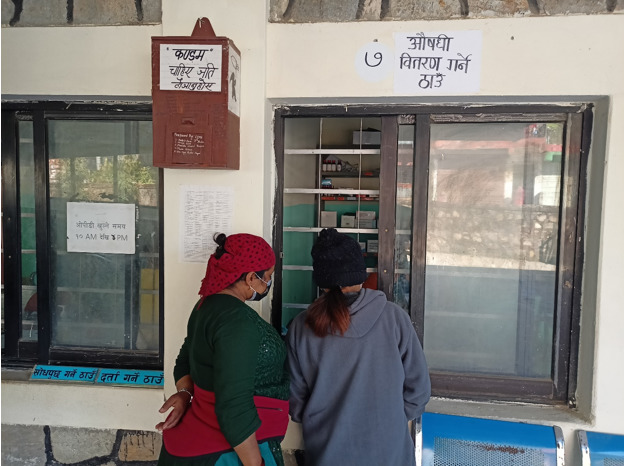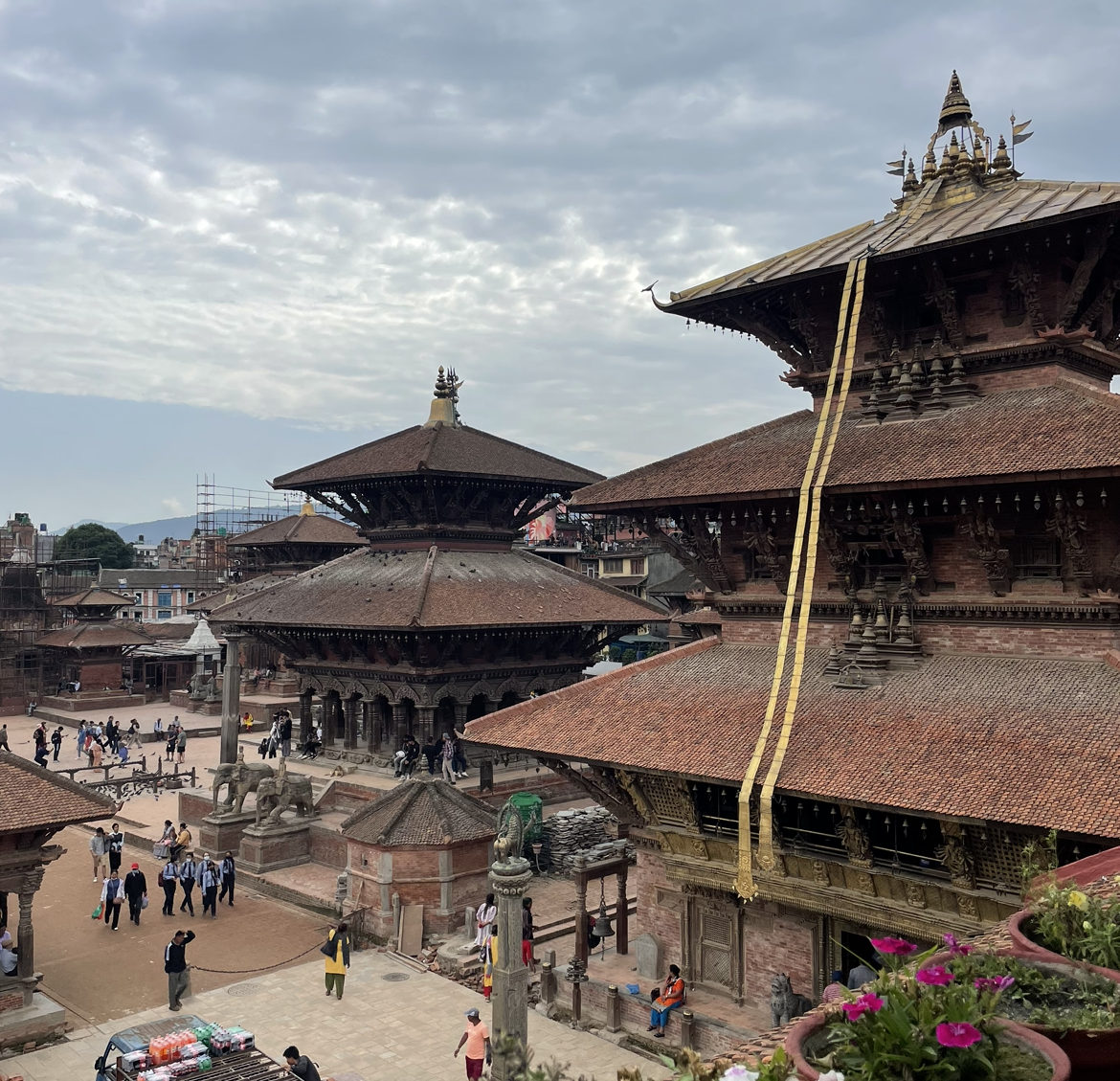Nepal, a country known for its breathtaking scenery and strong communities, is aware that progress cannot exist without a healthy population. This article explores Nepal’s steadfast dedication to health, its national policies, and how they relate to the Sustainable Development Goals (SDGs). It also examines the development of Nepal’s health system along with key policy departures that have influenced it.
Journey of transformation
Over the past few decades, Nepal’s health system has witnessed a tremendous shift. It has developed against the backdrop of numerous donor-driven vertical programs, each of which focuses on a different health issue.
The National Health Policy of 1991, which placed a strong emphasis on multisectoral coordination, decentralized planning and management, and overall health system strengthening, marked the beginning of Nepal’s transformation of its health system. However, Nepal’s goal of creating a strong health system never quite materialized. Instead, there was little focus on improving the overall healthcare infrastructure. The health system resembled a patchwork quilt of disease-centric vertical programs.
The government’s budgetary practices also showed this fragmentation, with spending categories still reflected disease-specific programs. Few resources were set aside to deal with the rising costs of non-communicable diseases, problems with mental health, and emerging health problems.It was clear that the health system needed a significant overhaul to meet the evolving health needs of Nepal’s population
Turning point
As Nepal transitioned from a unitary system to a federal structure, governance underwent a profound transformation. This shift had a significant impact on healthcare delivery and highlighted the need for innovative solutions. The federal structure offered opportunities for localized solutions tailored to the unique needs of each province. However, it also required a harmonized effort to ensure that healthcare remained accessible and equitable across the diverse provinces.
Decentralization became a key principle, but it was a delicate balance. Effective cooperation between federal and provincial authorities, especially in areas like healthcare financing and resource allocation, was crucial. Ensuring consistent, accessible, and high-quality healthcare across provinces became the overarching goal. Achieving this required a harmonized approach, improved resource management, and capacity building at all levels of government.
Resilience in the face of crisis
Nepal’s resilience was put to the test during the COVID-19 pandemic. In the face of adversity, the nation stood firm, even though the pandemic hit the economy harshly and health systems were over stretched during the peak. This demonstrated to the world that a robust healthcare infrastructure is not just a luxury but a necessity, particularly during times of crisis.
The pandemic underscored the importance of a well-functioning healthcare system that could adapt to emerging challenges. It highlighted the need for more healthcare infrastructure, a well-trained workforce, and ongoing investments in research and development. Policies needed to reflect this holistic approach, addressing not just treatment but also prevention and rehabilitation.
Key policy departures
One of the most significant policy departures that Nepal has embarked upon is the shift towards people-centered care. While vertical programs achieved successes in tackling specific diseases and improving maternal and child health, they also led to a narrow focus on disease-centric approaches. The burden of poor health in Nepal was compounded by the rising prevalence of non-communicable diseases, injuries, and chronic conditions. It became evident that acute, episodic care alone would not suffice to address these emerging challenges.
Structural innovations that facilitate seamless information exchange and shared responsibility within the health system became imperative. People-centered care, which considers the preferences, needs, and aspirations of individuals and communities while remaining accountable to users for improved health outcomes, became the guiding principle.
To achieve this, Nepal needed to move beyond the programmatic appetites of the past. It required informed choices that would instill quality improvements and responsiveness into the healthcare system. This transformation aimed to shift healthcare from being episodic and acute-focused to an integrated, holistic, and people-centered approach.
Looking ahead
As we chart the course for Nepal’s healthcare system amidst political transition and federal restructuring, we are at a pivotal moment in our nation’s history. Nepal has the potential to shift its healthcare paradigm, embracing a system that genuinely centers around its citizens. It aims to ensure that health becomes a right, not a privilege, for all.
In this journey, we must learn from the past and let go of the constraints of disease-centric vertical programs. Instead, we should embark on a path that prioritizes people-centered care. It should listen to the voices of our communities, empower individuals to take an active role in their health, and create a healthcare system that is not just reactive but proactive.
In Nepal’s pursuit of a people-centered health system, there is room for innovation, collaboration, and adaptation. We can leverage technology to bridge geographical gaps and improve access to healthcare in remote areas. We can invest in the training and development of a skilled healthcare workforce that can deliver high-quality care with compassion. We can work together, across all levels of government and society, to ensure that healthcare is not just about treating illnesses but about promoting well-being and addressing the social determinants of health.
Nepal’s health system transformation is not just a technical challenge. It is about recognizing the dignity and worth of every individual and ensuring that they have the opportunity to lead healthy lives.
Furthermore, we must recognize the importance of political commitment and leadership in driving this transformation. Our leaders must prioritize healthcare as a fundamental component of our nation’s development and commit to the necessary reforms. We should look to successful models from around the world where countries have achieved impressive healthcare outcomes by prioritizing people-centered care and investing in the health of their populations.
Nepal’s health system transformation is not just a technical challenge. It is a moral imperative. It is about recognizing the dignity and worth of every individual and ensuring that they have the opportunity to lead healthy lives. It is about fulfilling the promise of our constitution to provide basic healthcare as a fundamental right.The choice is clear, and the path forward is challenging but rewarding.
The original article has been published on Nepal Live Today












Comments (0)
No comments found.